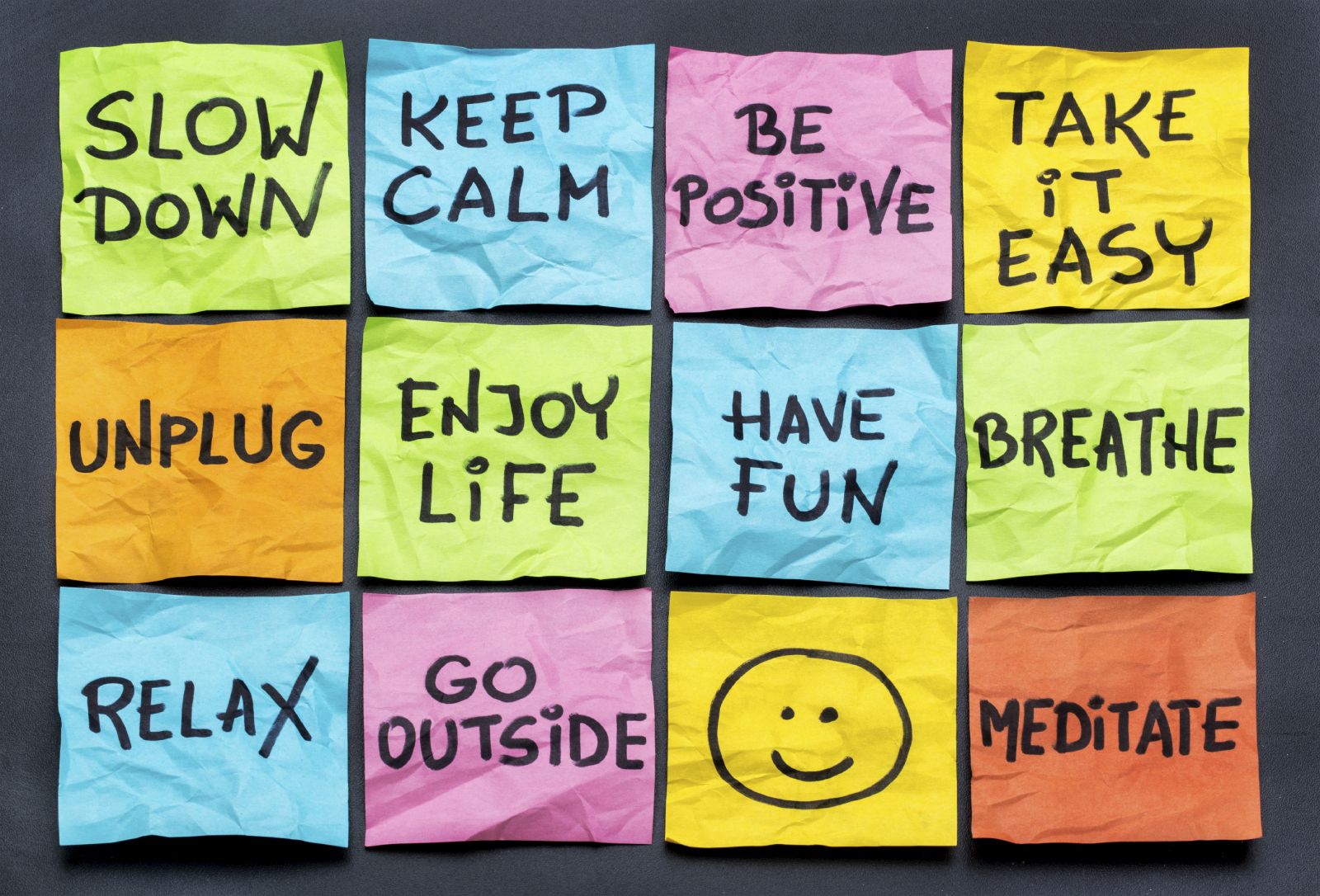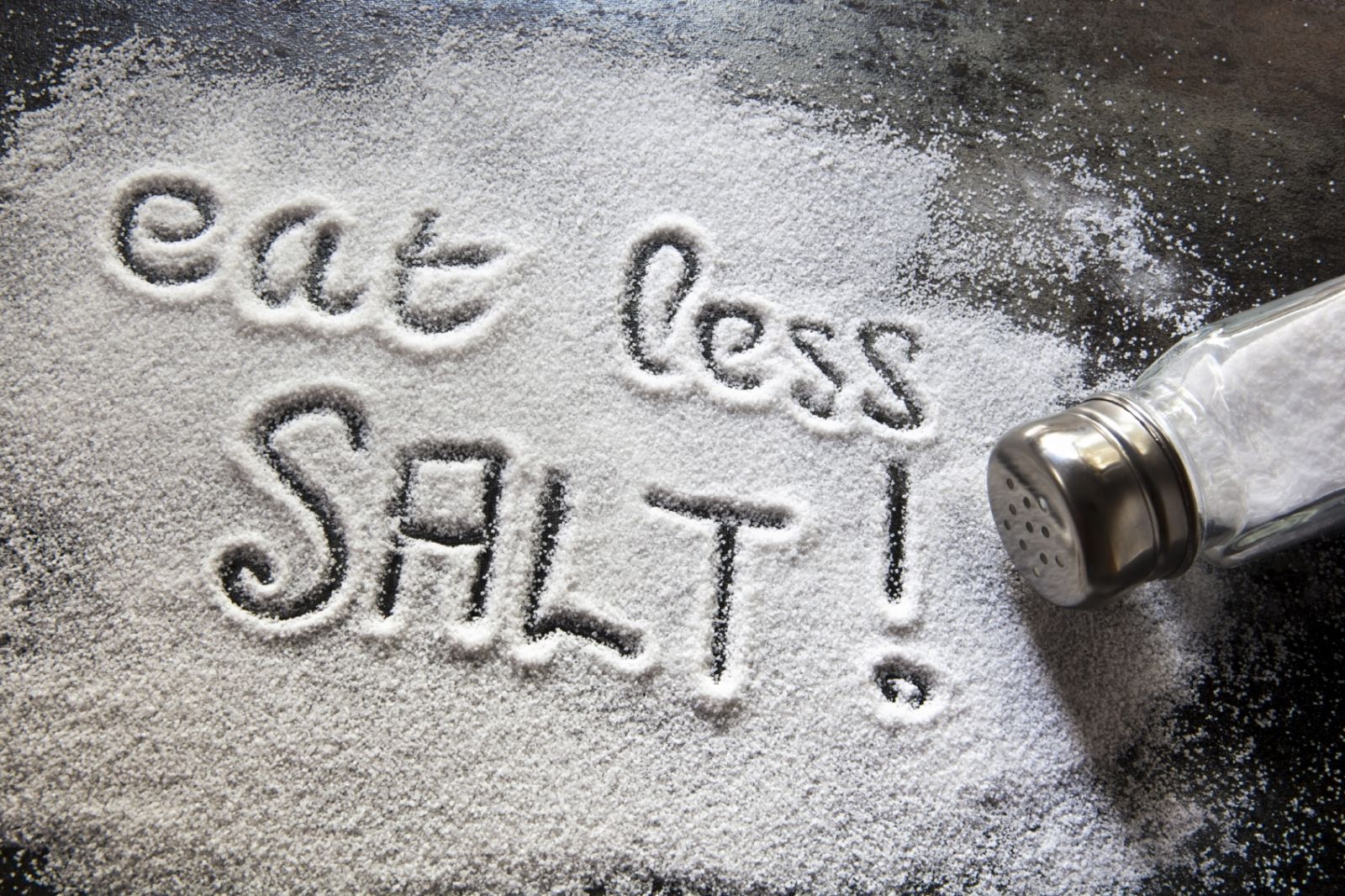| | 7 ways to keep stress — and blood pressure — down  When it comes to preventing and treating high blood pressure, one often-overlooked strategy is managing stress. If you often find yourself tense and on-edge, try these seven strategies to reduce stress. When it comes to preventing and treating high blood pressure, one often-overlooked strategy is managing stress. If you often find yourself tense and on-edge, try these seven strategies to reduce stress.
Get enough sleep. Inadequate or poor-quality sleep can negatively affect your mood, mental alertness, energy level, and physical health. Learn relaxation techniques. Meditation, progressive muscle relaxation, guided imagery, deep breathing exercises, and yoga are powerful stress-busters. Strengthen your social network. Connect with others by taking a class, joining an organization, or participating in a support group. Hone your time-management skills. The more efficiently you can juggle work and family demands, the lower your stress level. Try to resolve stressful situations if you can. Don't let stressful situations fester. Hold family problem-solving sessions and use negotiation skills at home and at work. Nurture yourself. Treat yourself to a massage. Truly savor an experience: for example, eat slowly and really focus on the taste and sensations of each bite. Take a walk or a nap, or listen to your favorite music. Ask for help. Don't be afraid to ask for help from your spouse, friends, and neighbors. If stress and anxiety persist, ask your doctor whether anti-anxiety medications could be helpful. Get your copy of Controlling Your Blood Pressure
An alarming one in three American adults has high blood pressure. Known medically as hypertension, many people don't even know they have it, because high blood pressure has no symptoms or warning signs. But when elevated blood pressure is accompanied by abnormal cholesterol and blood sugar levels, the damage to your arteries, kidneys, and heart accelerates exponentially. Fortunately, high blood pressure is easy to detect and treat. Sometimes people can keep blood pressure in a healthy range simply by making lifestyle changes, such as losing weight, increasing activity, and eating more healthfully.
 | Add in a healthy lifestyle — maintaining a healthy weight, not smoking, regular exercise, and a diet that includes fruits, vegetables, whole grains, lean protein, and healthful fats — and high blood pressure could be a thing of the past. For more information on lifestyle changes to treat high blood pressure and choosing the right medication, buy Controlling Your Blood Pressure, a Special Health Report from Harvard Medical School. | | 5 ways to use less salt  Sodium chloride (salt) is essential to the body. The sodium in salt helps transmit nerve impulses and contract muscle fibers. Working with potassium, it balances fluid levels in in the body. But you only need a tiny amount of salt to do this — less than one-tenth of a teaspoon. The average American gets nearly 20 times that much. Sodium chloride (salt) is essential to the body. The sodium in salt helps transmit nerve impulses and contract muscle fibers. Working with potassium, it balances fluid levels in in the body. But you only need a tiny amount of salt to do this — less than one-tenth of a teaspoon. The average American gets nearly 20 times that much.
The body can generally rid itself of excess sodium. In some people, though, consuming extra sodium makes the body hold onto water. This increases the amount of fluid flowing through blood vessels, which can increase blood pressure. Most of the salt that Americans consume comes from prepared and processed foods. The leading culprits include snack foods, sandwich meats, smoked and cured meats, canned juices, canned and dry soups, pizza and other fast foods, and many condiments, relishes, and sauces — for starters. But enough comes from the salt shaker that it's worth finding alternatives. Here are five ways to cut back on sodium when cooking or at the table: Use spices and other flavor enhancers. Add flavor to your favorite dishes with spices, dried and fresh herbs, roots (such as garlic and ginger), citrus, vinegars, and wine. From black pepper, cinnamon, and turmeric to fresh basil, chili peppers, and lemon juice, these flavor enhancers create excitement for the palate — and with less sodium. Go nuts for healthy fats in the kitchen. Using the right healthy fats — from roasted nuts and avocados to olive, canola, soybean, and other oils — can add a rich flavor to foods, minus the salt. Sear, sauté, and roast. Searing and sautéing foods in a pan builds flavor. Roasting brings out the natural sweetness of many vegetables and the taste of fish and chicken. If you do steam or microwave food, perk up these dishes with a finishing drizzle of flavorful oil and a squeeze of citrus. Get your whole grains from sources other than bread. Even whole-grain bread, while a healthier choice than white, can contain considerable sodium. And bread contains salt, not just for flavor but to ensure that the dough rises properly. You can skip that extra salt when you use whole grains outside of baking. Try a Mediterranean-inspired whole-grain salad with chopped vegetables, nuts, legumes, perhaps a small amount of cheese, herbs and spices, healthy oils, and vinegar or citrus. For breakfast, cook up steel-cut oats, farro, or other intact whole grains with fresh or dried fruit, and you can skip the toast (and the extra sodium). Know your seasons, and, even better, your local farmer. Shop for raw ingredients with maximum natural flavor, thereby avoiding the need to add as much (if any) sodium. Shop for peak-of-season produce from farmers' markets and your local supermarket. For more information on lifestyle changes to treat hypertension and choosing the right medication, buy Controlling Your Blood Pressure, a Special Health Report from Harvard Medical School. | | | | | | Controlling Your Blood Pressure Featured content:
| • | Blood pressure basics | | • | Types of hypertension | | • | Are you at risk for hypertension? | | • | How hypertension damages your health | | • | Diagnosing hypertension | | • | ... and more! |
Click here to read more » | | | | Harvard Medical School offers special reports on over 50 health topics.
Visit our website at http://www.health.harvard.edu to find reports of interest to you and your family.
PHONE ORDERS - please call our toll-free number: 1-877-649-9457.
| | | | Copyright © 2015 by Harvard University.
Harvard Health Publications, 10 Shattuck Street, 2nd Floor, Boston, MA 02115, USA
* Please note, we do not provide responses to personal medical concerns, nor can we supply related medical information other than what is available in our print products or website. For specific, personalized medical advice we encourage you to contact your physician. | | | |
 When it comes to preventing and treating high blood pressure, one often-overlooked strategy is managing stress. If you often find yourself tense and on-edge, try these seven strategies to reduce stress.
When it comes to preventing and treating high blood pressure, one often-overlooked strategy is managing stress. If you often find yourself tense and on-edge, try these seven strategies to reduce stress. Sodium chloride (salt) is essential to the body. The sodium in salt helps transmit nerve impulses and contract muscle fibers. Working with potassium, it balances fluid levels in in the body. But you only need a tiny amount of salt to do this — less than one-tenth of a teaspoon. The average American gets nearly 20 times that much.
Sodium chloride (salt) is essential to the body. The sodium in salt helps transmit nerve impulses and contract muscle fibers. Working with potassium, it balances fluid levels in in the body. But you only need a tiny amount of salt to do this — less than one-tenth of a teaspoon. The average American gets nearly 20 times that much.
No comments:
Post a Comment